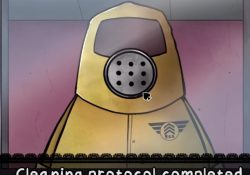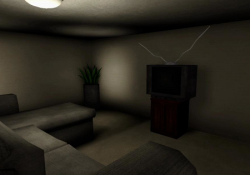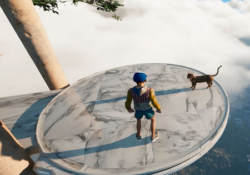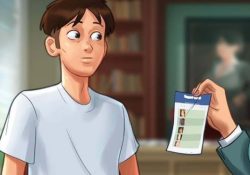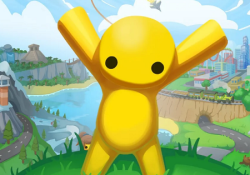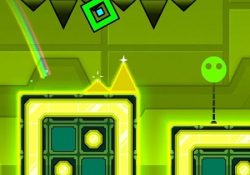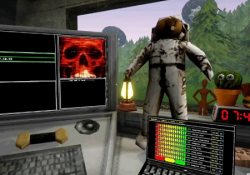You find yourself in an unusually quiet household, filled with signs of recent activity but no voices. The setting is familiar yet distorted, as if pulled from memory and reshaped in subtle ways. Objects are scattered, interactions leave no trace, and time feels loosely connected. The task seems simple: uncover what was misplaced. But this isn’t about what was lost — it’s about what it meant to the people who lost it.
Fragments of a Routine
As you explore room by room, clues begin to surface through indirect storytelling. Each area reveals pieces of a narrative that don’t directly connect, but still create a feeling of continuity. A sense of unease builds, not because of danger, but because of absence. You’re not being chased or watched, but something isn’t quite right. The game relies on interpretation, inviting players to piece together events from environmental hints rather than dialogue or cutscenes.
Key Gameplay Themes:
- Exploration of domestic spaces without direct goals
- Environmental storytelling through static scenes
- Puzzles based on logic and emotional context
- A slow shift in tone from curiosity to introspection
- No enemies, only perception and memory as challenges
Searching Without Guidance
There are no instructions or HUD elements. The interface fades as you move deeper into the home, replaced by symbols and personal items that begin to feel significant. The ordinary becomes important: a light left on in one room, a door slightly ajar, an item moved across the house without explanation. These cues begin to reflect a larger emotional structure — not just what’s missing, but who noticed, and why no one says anything about it.
End Without Resolution
Eventually, all spaces will be visited. Some answers will emerge, but they’ll be incomplete. The game ends not with a solved mystery, but with a feeling of something unfinished — as if you interrupted something private and left before understanding. This isn’t a story about solving. It’s a story about sensing what was once whole and now feels slightly off. The silence says more than any conclusion could.



